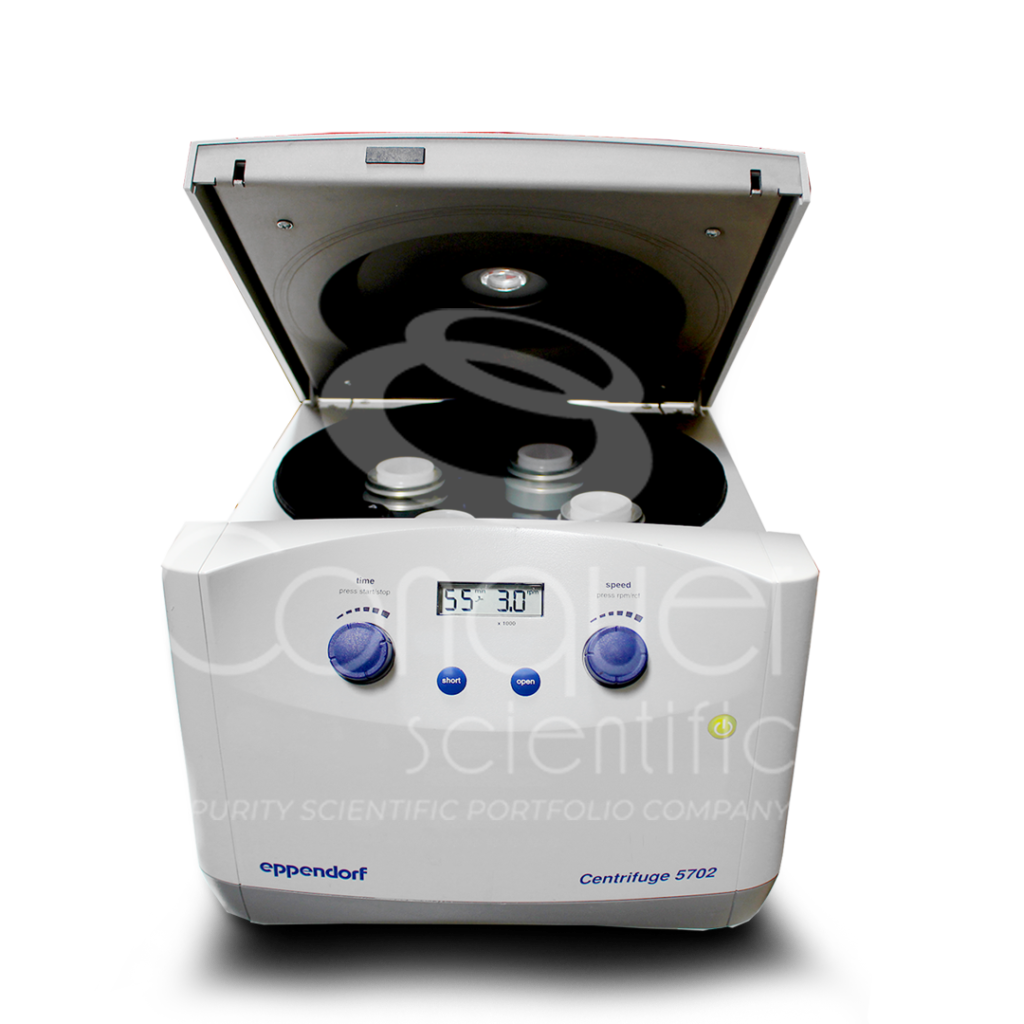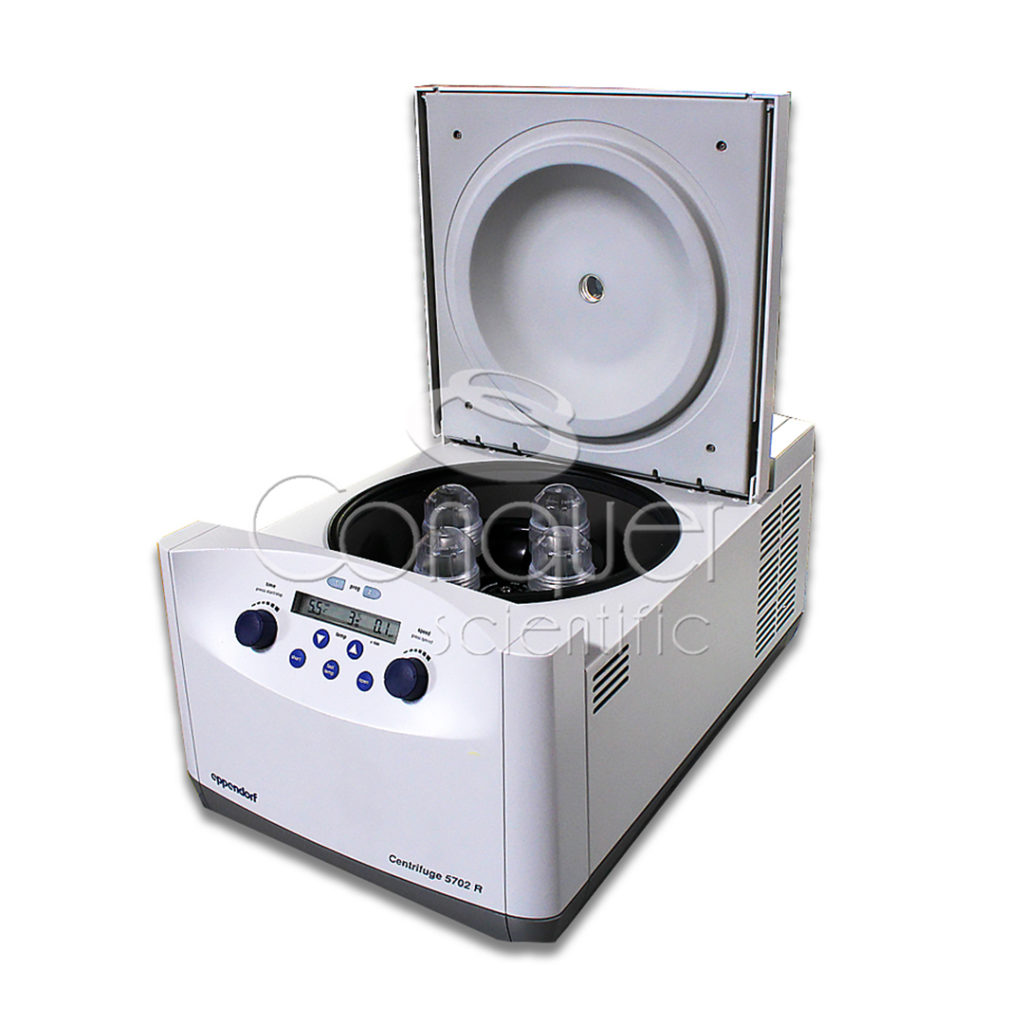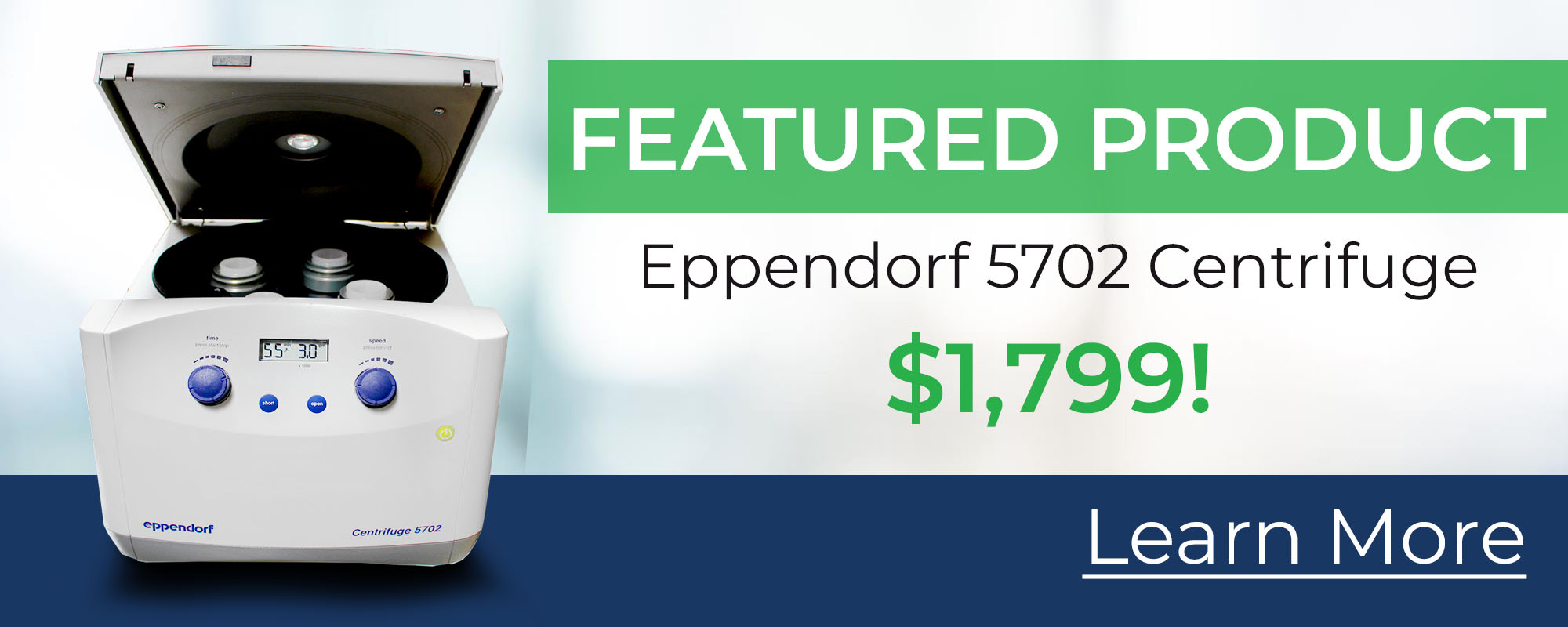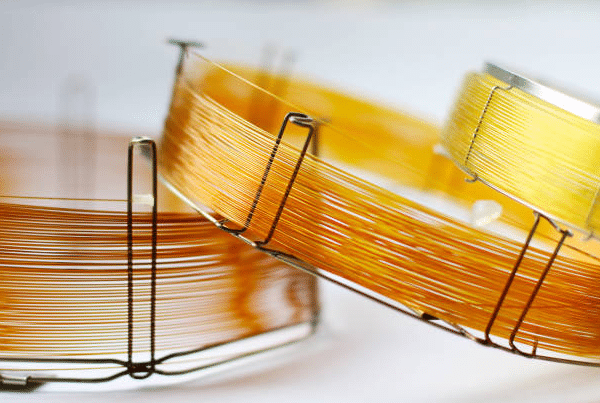The centrifuge is a commonly used tool in laboratory research and clinical applications. Our sister company, Conquer Scientific, recently obtained a good supply of Eppendorf centrifuges, models 5702 and 5702R. (All in good condition, and many of these are still new-in-the-box!)
If you’re using centrifuges, you know that they use “centrifugal force to separate substances in liquid or or solid media according to particle size and density differences.”[1]
One of the most common methods of centrifugation is pelleting. Pelleting is often used in purification protocols, such as:[2]
- DNA extraction
- Plasmid DNA extraction (mainly bacteria or yeast)
- Protein extraction
- Extraction of blood cells
“The Eppendorf solution for your clinical trial are the highly versatile Centrifuges 5702 (air-cooled) and 5702 R (refrigerated) for the first spin of blood and urine samples on site. They accommodate all common blood, pediatric, urine and cell preparation tubes e.g. BD CPT 8 ml Vacutainer (16×125 mm).”
https://www.eppendorf.com/OC-en/applications/clinical-trials/
Factors that influence what centrifuge works best for your application include “type of sample, vessel selection, type of centrifuge, type of rotor, determination of desired relative centrifugal force, and defined temperature during centrifugation.”[2]
Safety
Centrifuges can present safety hazards, both in terms of physical hazards caused by imbalances and/or mechanical failure, and hazards related to chemical or even radioactive materials.
Be sure the workspace is level and the centrifuge is balanced. Don’t open the lid while the rotor is moving; be aware that even if a safety shutoff stops the motor, the rotor takes time to stop spinning. If the unit wobbles or shakes excessively, unplug it immediately. Check that the load is balanced correctly. If that doesn’t fix the problem, don’t use the centrifuge until it’s been serviced.
Regular cleaning and preventive maintenance[3] can help to reduce risk. Logbooks that document usage and preventive maintenance activities should be part of a lab’s standard operating procedures.
Of course, as with any lab instrument, operator training is important, as is adherence to lab-specific SOP and wearing appropriate PPE.
Preventive Maintenance
Daily cleaning with an alcohol-based cleaning solution to remove salts and chemical residues, and regular lubrication of O-rings and threaded components are basic components of centrifuge maintenance. During cleaning and lubrication, be sure to inspect the centrifuge for scratches, cracks, corrosion or other signs of wear that can damage rotors and buckets. Eppendorf’s White Paper #14 provides a very thorough overview of preventive maintenance that individual users can do to promote safe operation and longevity of their equipment.[4]
Visit Conquer Scientific today to check out the great features (and great prices!) on the Eppendorf 5702 and 5702-R.


Resources & Notes
1 Centrifuge Safety | Stanford Environmental Health & Safety
2 Centrifuge Safety | Safe Operation (from Eppendorf)
3 The Basics of Centrifuge Operation and Maintenance | Lab Manager
4 Routine Maintenance of Centrifuges | Eppendorf White Paper
5 Watch: Centrifugation Technical Guide from the University of Arizona, General Chemistry
6 Watch: The Basis for Your Lab Safety – Centrifuge Training and Maintenance






